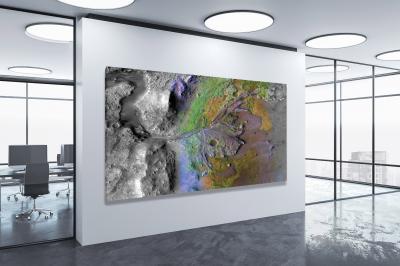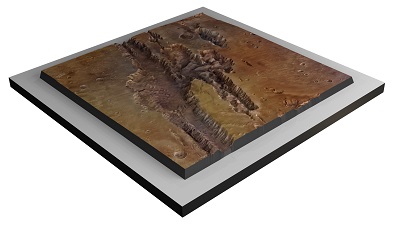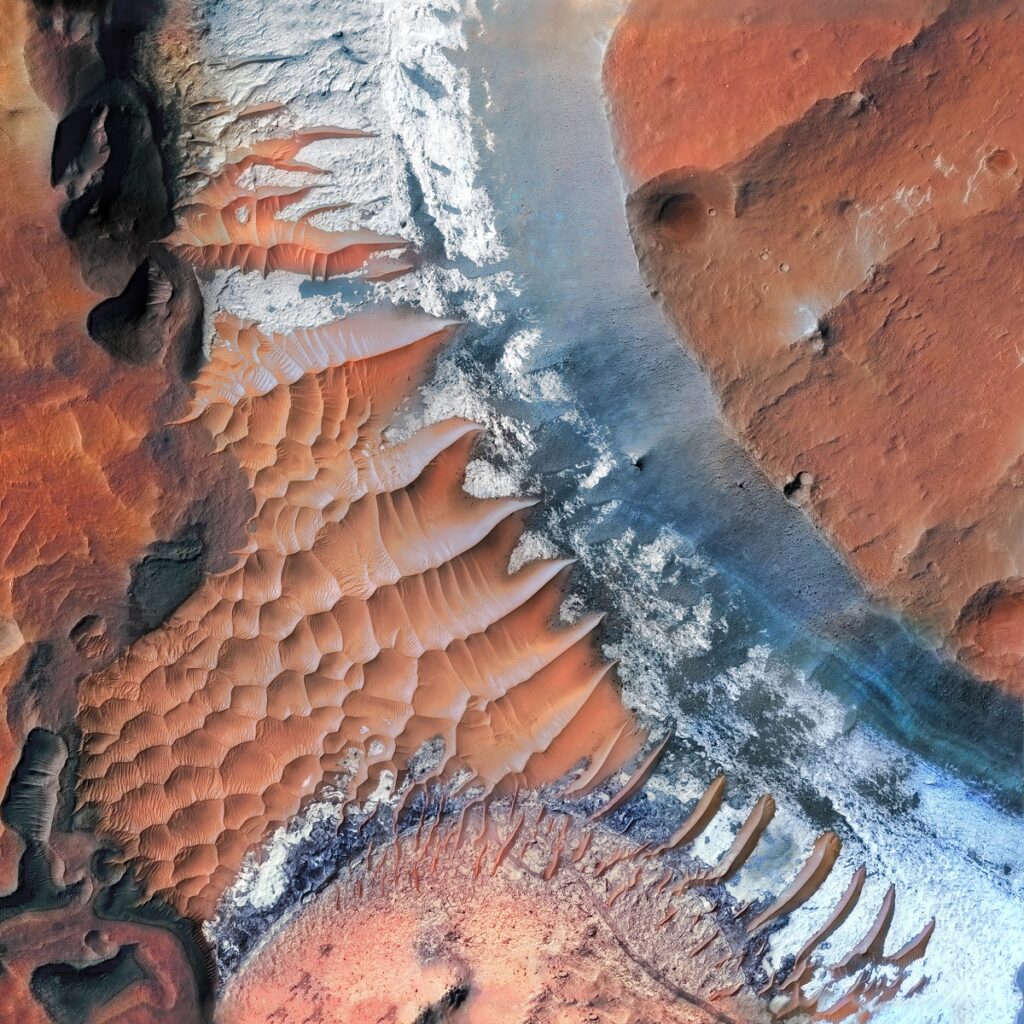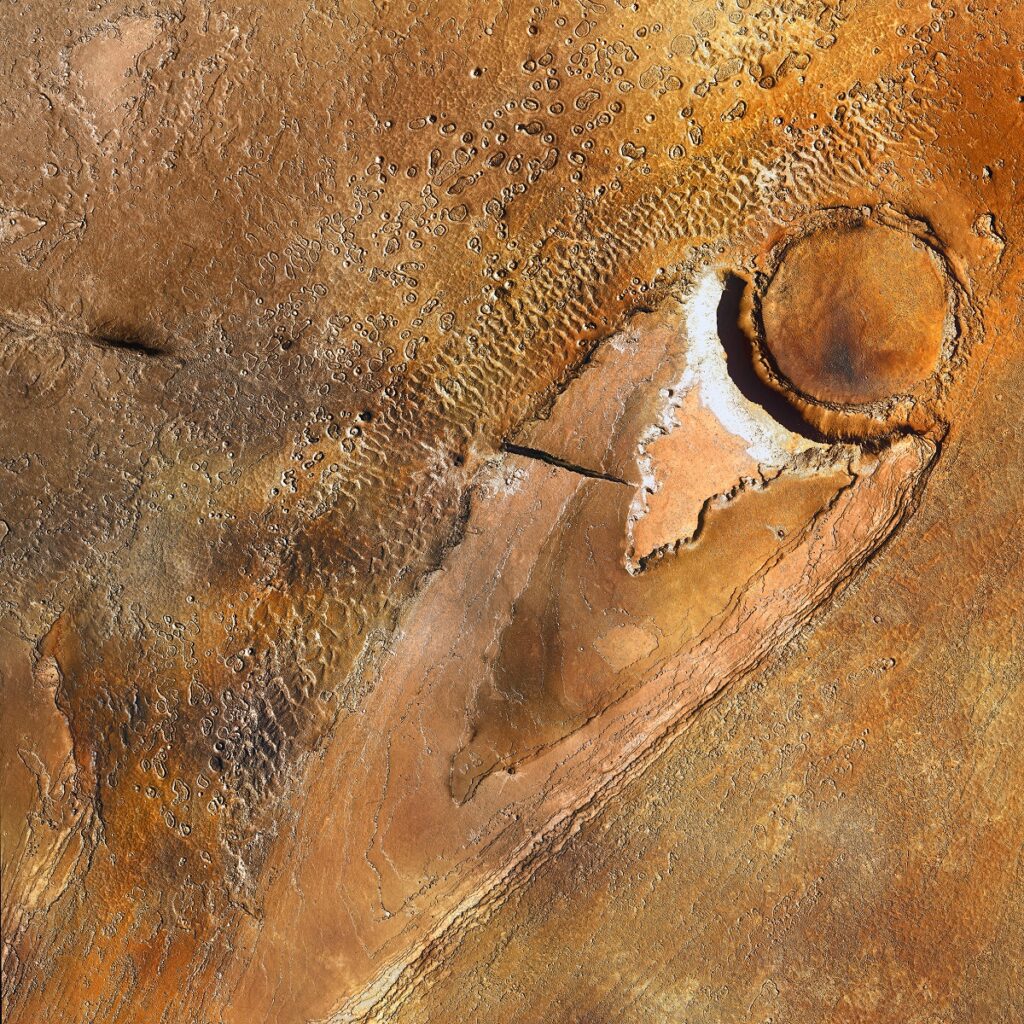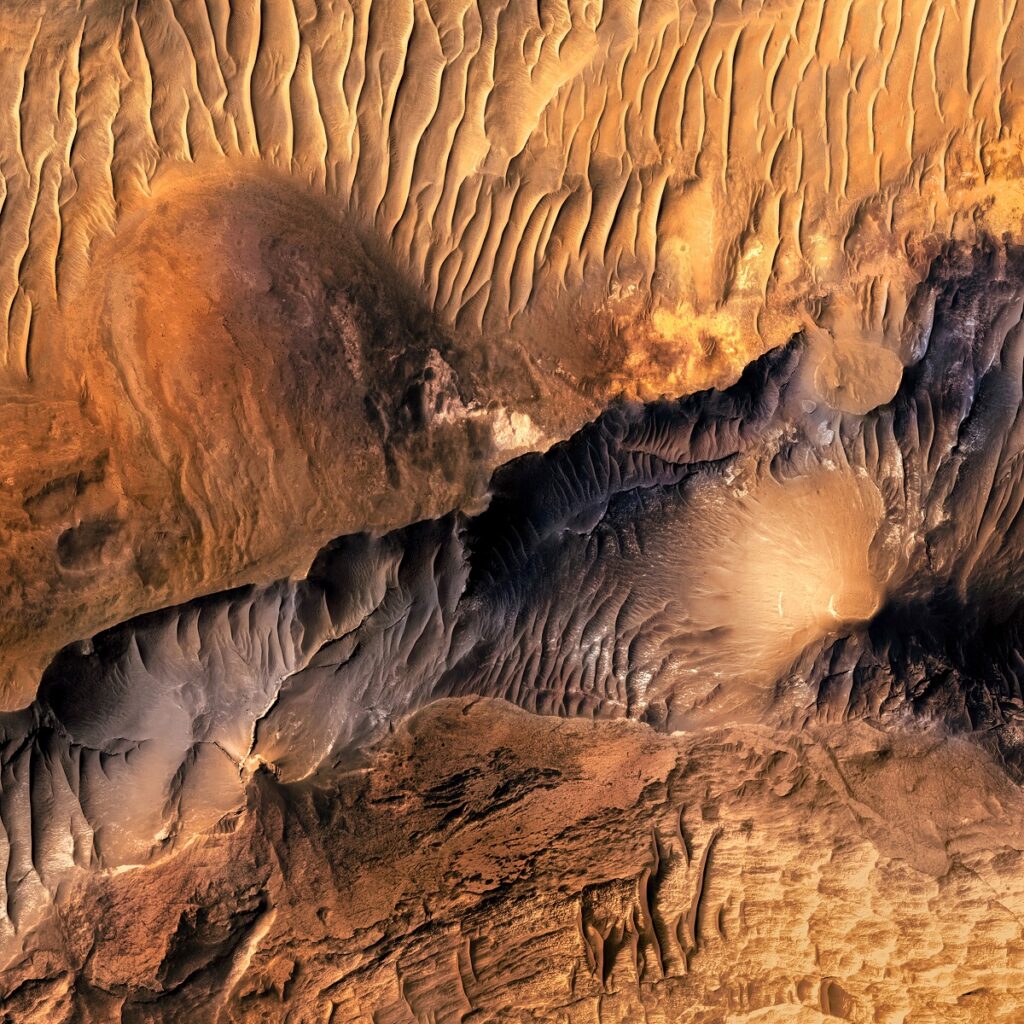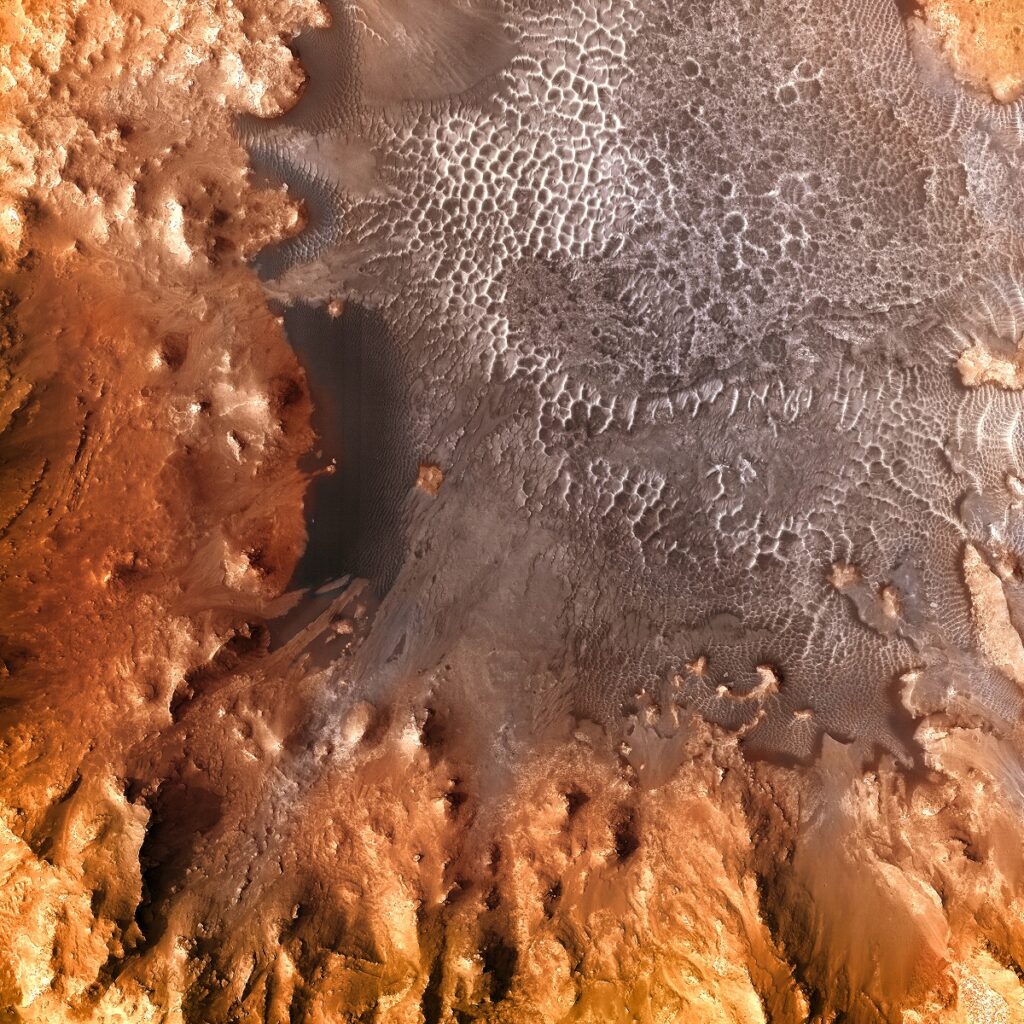Why is Mars Called the Red Planet?
Why is Mars Called the Red Planet?
WhiteClouds Builds 3D Marscapes and Canvas Prints
Why is Mars Called the Red Planet?
Mars is commonly referred to as the “Red Planet” due to its reddish appearance, which is easily visible even to the naked eye from Earth. This distinct color is a result of the iron oxide, commonly known as rust, present on the Martian surface. Here’s a closer look at why Mars has this iconic nickname:
Iron Oxide and Martian Soil
The Martian soil and rocks contain a significant amount of iron oxide, giving the surface a reddish hue. The exact chemical processes that led to this abundance of iron oxide are still a subject of scientific investigation, but it’s widely accepted that the red color is primarily due to this compound.
Observations Through History
The reddish appearance of Mars has been noted for centuries, ever since humans first looked up and observed the night sky. Mars is one of the five planets visible to the naked eye from Earth, and its unique color made it stand out. Ancient civilizations, such as the Egyptians and Romans, even named the planet after their gods of war, partly due to its blood-red color.
Telescopic Observations
As telescopic technology advanced, astronomers were able to study Mars in greater detail. Even through a small telescope, Mars appears as a distinctly red object. More advanced telescopic observations have allowed scientists to study the planet’s surface and atmosphere in greater detail, confirming the presence of iron oxide.
Modern Exploration
With the advent of space exploration and the deployment of rovers like Spirit, Opportunity, and Curiosity, we’ve been able to analyze Martian soil up close. These analyses have provided more definitive evidence that the iron oxide on Mars is the primary reason for its red appearance. More recent missions like the Perseverance rover continue to study the soil composition, looking for signs of past life and better understanding the planet’s geological history.
Impact on Popular Culture
The striking red color of Mars has also led to its prominent place in literature, mythology, and popular culture. From H.G. Wells’ “The War of the Worlds” to modern-day science fiction, the image of the “Red Planet” has often been associated with mystery, exploration, and even potential danger.
Atmospheric Scattering
It’s worth mentioning that Mars’ atmosphere, although very thin, also contributes to its reddish appearance. The particles in the atmosphere can scatter sunlight in a way that enhances the redness when viewed from afar.
Check out our 3D Mars Learning Center for more information on Mars. You can also learn more at: NASA Mars Exploration.
More About Mars
Contact us today to learn more about our 3D services and how we can help you achieve your goals.
